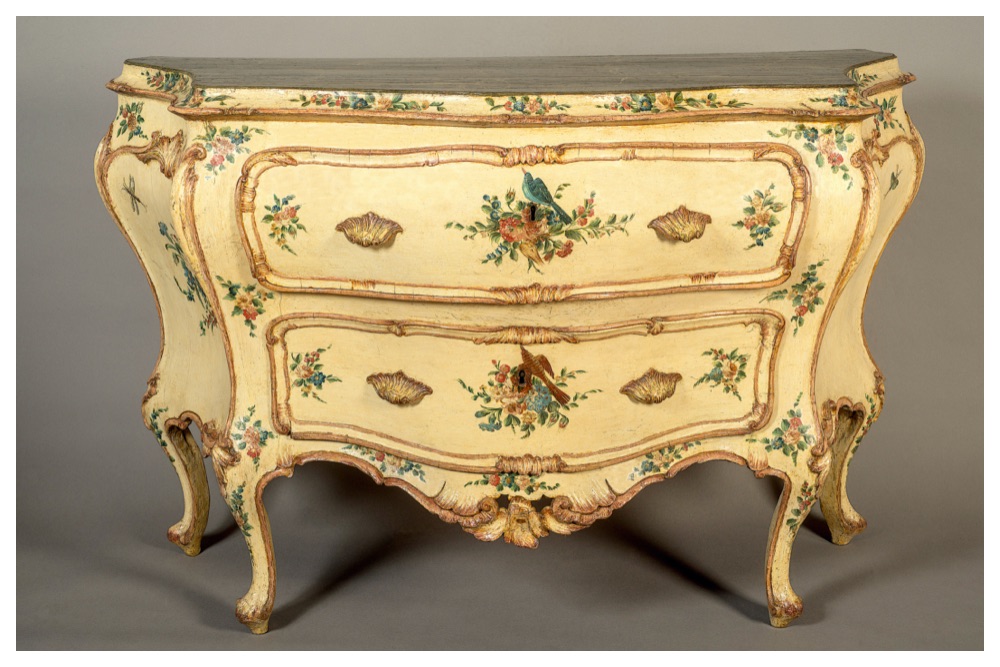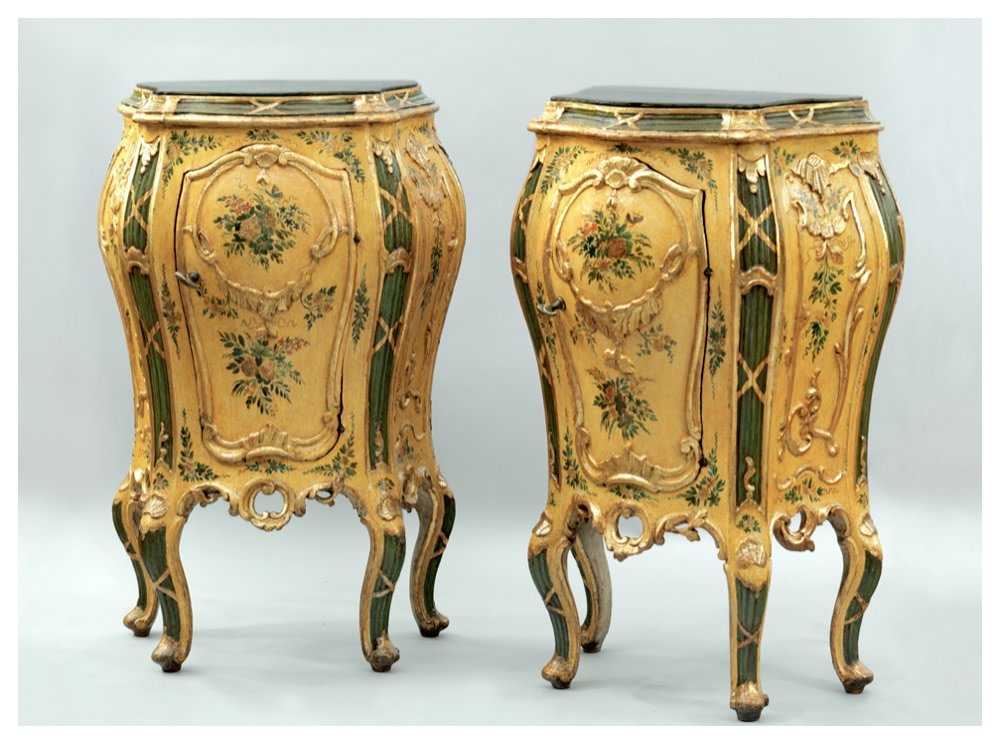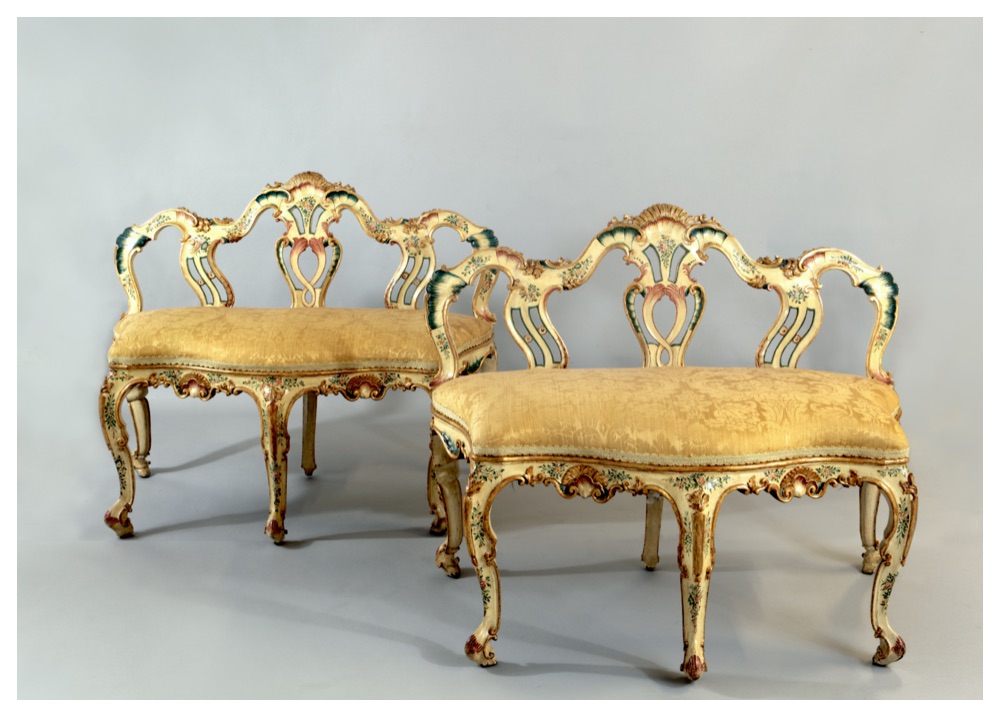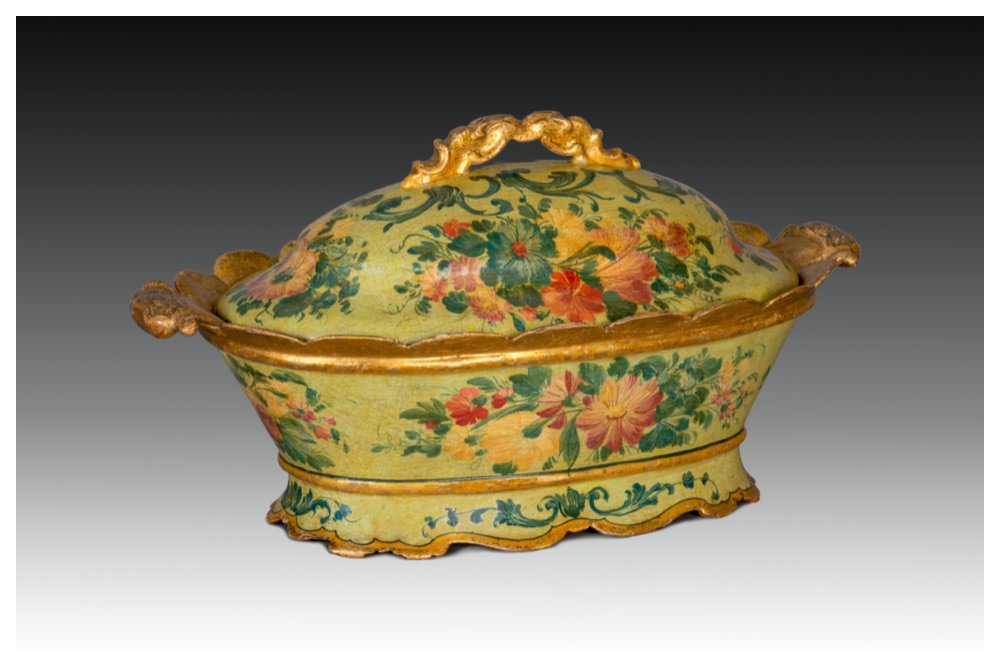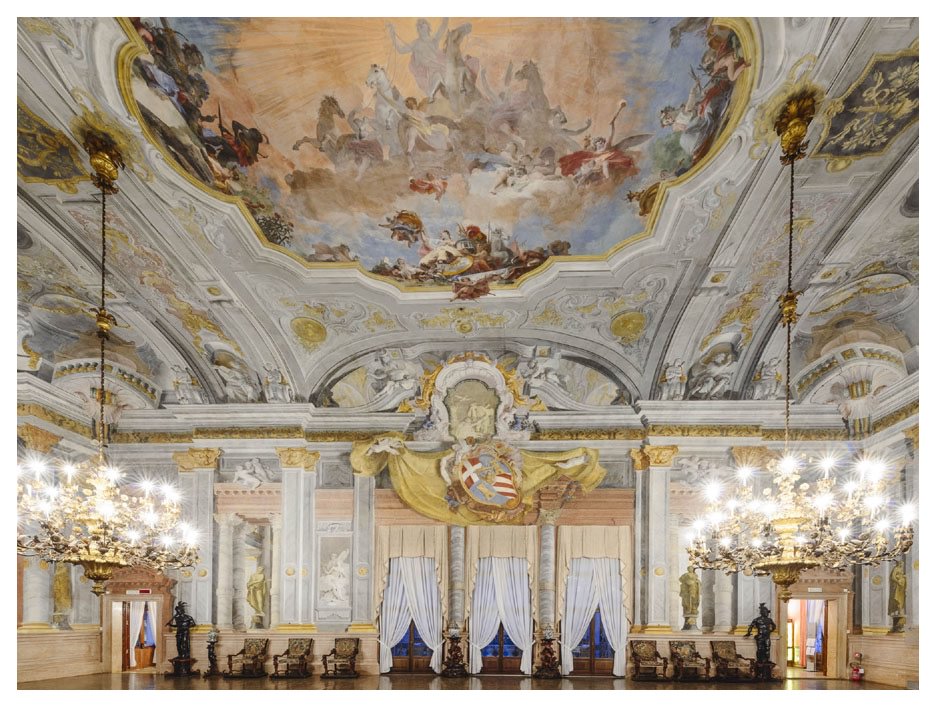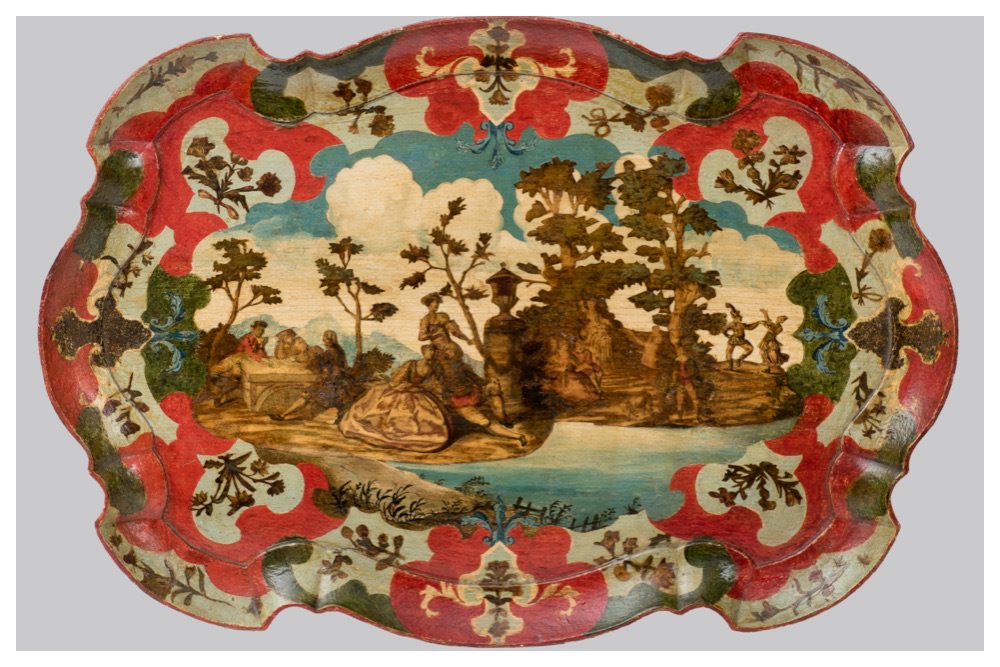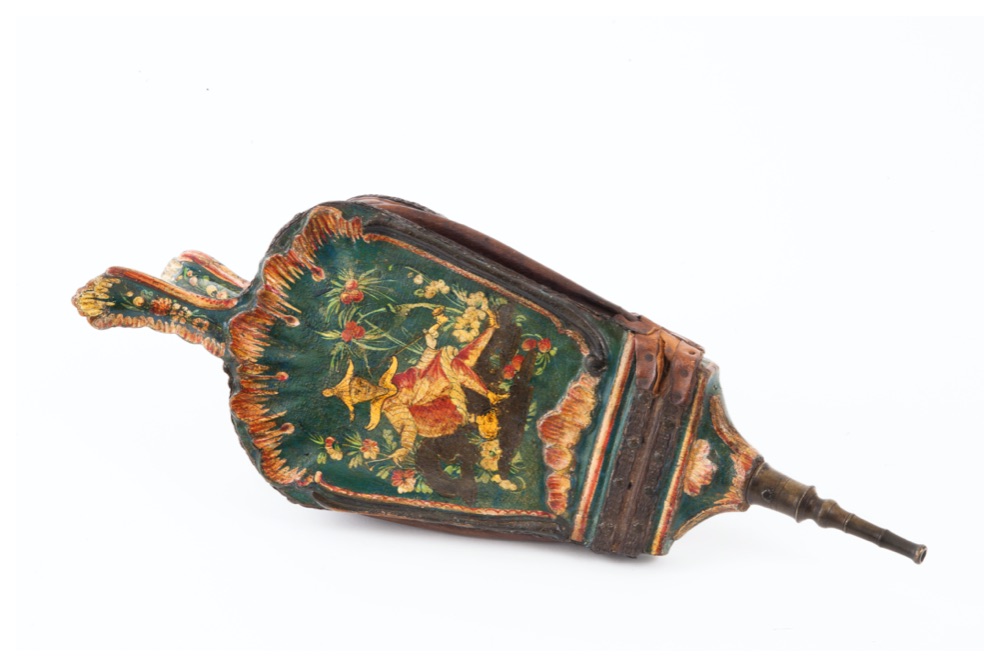History of Venetian lacquer
To understand Venetian lacquer furniture it is necessary to know the society and the environments for which it was created. Now close to sunset, Venice in the 18th century is more than ever the international center of worldly wealth and pleasures. Princes and sovereigns stay there for a long time staying in beautiful palaces on the Grand Canal, guests contested between parties, banquets and masked dances. The cheerful Venetian society, was the first to follow fashion French abandoning the heaviness of the Baroque; Parisian fashion influences the lifestyle that becomes more attentive to sociability, to the craving for fun, to the aesthetic taste that clearly takes all particular characteristics. The palaces become places of reception, gallant meetings, places to share important moments, moments dedicated to music or diplomatic meetings between the nobility.
To offer the Venetians these luxurious, cheerful and harmonious environments, a series of artists collaborate, skilled craftsmen who, after long preparation and internship, give free rein to their creativity that manages to reach incredible levels. Their work created wonderful environments, full of charm; the ceilings painted by Tiepolo or Guardi are framed by very rich stuccoes that descend on the walls to re-square murano mirrors and then meet in the boiserie where the furniture rests, undisputed protagonists. Throughout Europe, the fashion of the time, with a look at the East, interpreted the art of lacquered each in its own way. In Venice, the “depentore” invents a technique that sums up the charm of the exotic and the flair typical of the people of the Venetian lagoon, undoubtedly excelling over the other interpretations.
The “depentore” therefore becomes indispensable, everyone seeks it to beautify the most sumptuous palaces, to amaze all guests especially international ones. Characteristic of the time are furniture such as the “trumeau”, the “bureau”, the chests of drawers, cupboards, beds and bedside tables, mirrors, room funds, toilet mirrors. The maker finds a way to reveal himself in a variety of surfaces. The technique, rather simple, but requiring great skill was performed as described by Morazzoni in this way: the maker had first of all to carefully smooth the wooden surface, on which then lay a very thin layer of pad obtained by dissolving in the glue of fine plaster; once well dried, with fine sandpaper and with the agate it was smoothed, smoothed in such a way as to remove all the slightest roughness and acquire to the touch a characteristic softness; the most skilled and conscientious lacquers, following a technique revealed for centuries by the Orientals to Europe, on the surfaces to be lacqued, with very tenacious glues, applied very thin linen canvases that neutralized the effects of wood contortions as a result of atmospheric variations; then the work of decoration began , first by giving the tint of the bottom, then by painting in tempera the desired subjects; having obtained the complete drying of the paints, the lacquer is defended under multiple layers of “sandracca” which was a dense, viscous, amber paint, generally obtained by melting the lacquer rubber in spirit. It was necessary go over the object up to eighteen times, making each layer dry perfectly so that the slightest trace of the finest brush did not appear. Initially on colored bottoms were executed decorations of cineserie framed by graceful scrolls, refined landscapes with pagodas and delicate figures with oriental dresses and hats.
Despite the strict interpretation, the Venetian maker gradually finds a way to free his flair. The exotic scenes are joined by carvings and gilding of great effect that add to the oriental theme give a very particular, whim sic and fantastic result. Towards the middle of the century the “depentore” now very experienced imitator of the “Chinese” lacquer, becomes freer, paints with more imagination adding to the exotic skits, typical scenes of Venetian vedutismo, takes cues from Marco Ricci, Zuccarelli and Zais. The characters are no longer just Oriental, on typically Venetian landscapes there are arcadian characters, shepherdess, fishermen, hunters, ladies and knights; in some cases also mythological characters or angelic figures surrounded by flowers and lace. Flowers become the great protagonists of all the lacquer decorations, feeding a constant festiveness that still fascinates us today. In credibly beautiful are the mirrors where the lacquermaker demonstrates its exceptional skill in laying the lacquer on the most jagged surfaces, in the most elaborate curls and meanders, on the slender volutes that protrude starting from the actual frame. Particularly intriguing are the toilet mirrors that are born from support to be surrounded by boxes, gloves, brushes, all strictly painted freeing the imagination and flair and therefore with an extremely captivating result.
An original invention of the “depentori” was “lacquer or poor art”. The new method of decoration was designed to cope with the pressing demand for lacquered objects that, because of the lack of staff trained in the art of lacquering, found a valid solution as it was faster and did not require great skill. The process merges on the replacement of the painted and lacquered design with cutouts of chalcographies and woodcuts in color or black and white then colored by the decorators; these engravings were glued to the surfaces and framed with hand-drawn or cut out of other prints and covered with a light lacquer. Paper-painted evidently required less skill than hand-drawn ones, but often the beauty of the chalcographies and the expertise of the “depentori”, led to results that could stand the comparison. In Venice, today, you can admire some lacquered furnishings at the Museum of Ca’ Rezzonico that collects some important furniture coming from the Calbo Crotta palace on the Grand Canal. In addition, some specimens can be found at the Museum of the Sforzesco Castle and in many Italian Civic Museums.
Personally today, we inherit the passion for Venetian lacquer from four generations of antique dealers particularly attentive to this type of research and diffusion; the collector, who approaches this type of furnishings, finalizes his purchase to possess an object of great importance and artistic interest to be combined with others of different connotations. Venetian lacquered furniture, whether it is an armchair, a dresser, a tray or a mirror is searched and seen with the eye of those who know how to look at a work of art and not a single piece of furniture however luxurious it is. Surely the rarefaction of objects and the evolution of taste has led us to change the point of view that does not detract from, indeed adds importance to what remains of wonderful “ideas” of our predecessors, unaware of their unparalleled uniqueness.

